Zhengyuan Xu
Channel Estimation and Signal Detection for NLOS Ultraviolet Scattering Communication with Space Division Multiple Access
Apr 25, 2023

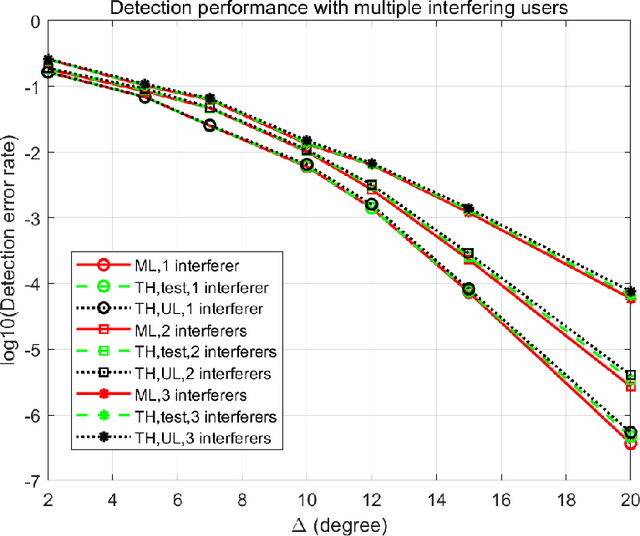

Abstract:We design a receiver assembling several photomultipliers (PMTs) as an array to increase the field of view (FOV) of the receiver and adapt to multiuser situation over None-line-of-sight (NLOS) ultraviolet (UV) channels. Channel estimation and signal detection have been investigated according to the space division characteristics of the structure. Firstly, we adopt the balanced structure on the pilot matrix, analyze the channel estimation mean square error (MSE), and optimize the structure parameters. Then, with the estimated parameters, an analytical threshold detection rule is proposed as a preliminary work of multiuser detection. The detection rule can be optimized by analyzing the separability of two users based on the Gaussian approximation of Poisson weighted sum. To assess the effect of imperfect estimation, the sensitivity analysis of channel estimation error on two-user signal detection is performed. Moreover, we propose a successive elimination method for on-off keying (OOK) modulated multiuser symbol detection based on the previous threshold detection rule. A closed-form upper bound on the detection error rate is calculated, which turns out to be a good approximation of that of multiuser maximum-likelihood (ML) detection. The proposed successive elimination method is twenty times faster than the ML detection with negligible detection error rate degradation.
The design and optimization of synchronization sequence for Ultraviolet communication
Aug 02, 2022
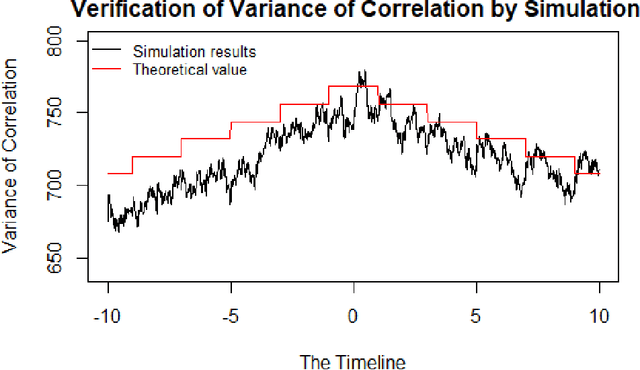
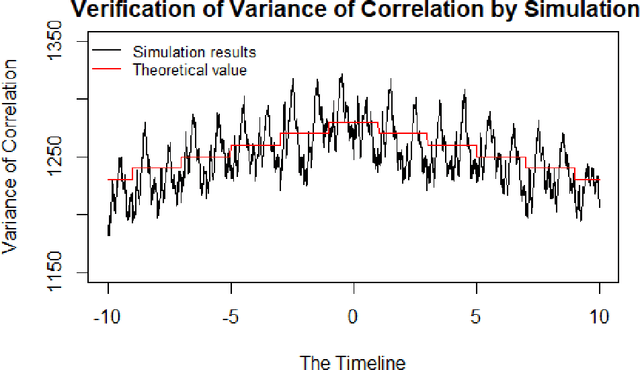
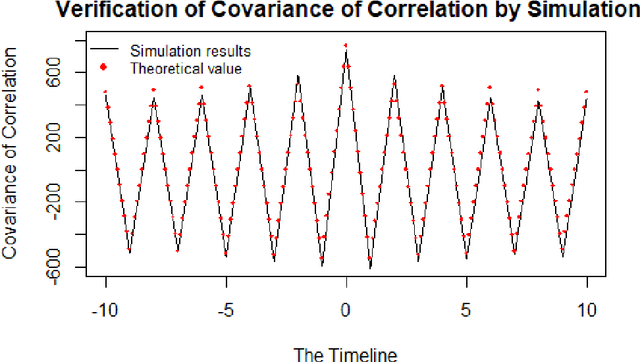
Abstract:In the ultraviolet (UV) scattering communication, the received signals exhibit the characteristics of discrete photoelectrons due to path loss. The synchronization is based on maximum Pulse Number-Sequence correlation problem. First of all, the accuracy of synchronization is vital to channel estimation and decoding. This article focuses on improving synchronization accuracy by designing and optimizing synchronization sequences. As for the maximum Pulse Number-Sequence correlation problem, it is assumed that the correlation values satisfy the Gaussian distribution and their mathematical expectation, variance and covariance are derived to express the upper bound of synchronization offset. The synchronization sequence we designed has two equilong RANDOM parts (Symbols meet Bernoulli distribution with equal probability.) and a $\{1,0,1,0,1,0,...,1,0,1,0\}$ part between them with $ \alpha $ as its proportion of entire sequence. On the premise of ensuring the synchronization reliability, the synchronization deviation can be reduced by optimizing $ \alpha $. There are simulation experiments to verify correctness of the derivation, reasonableness of the hypothesis and reliability of optimization. Compared with equilong random sequence, the synchronization accuracy of the optimized synchronization sequence is significantly improved.
Map-Assisted Power Allocation and Constellation Design for mmWave WDM with OAM in Short-Range LOS Environment
Nov 16, 2021



Abstract:Consider a system that integrates positioning and single-user millimeter wave (mmWave) communication, where the communication part adopts wavelength division multiplexing (WDM) and orbital angular momentum (OAM). This paper addresses the power allocation and high dimensional constellation design in short-range line-of-sight (LOS) environment, with stable communication links. We propose a map-assisted method to replace online estimation, feedback and computation with the look-up table searching. We explore the possibility of using a few patterns in the maps, and investigate the performance loss of using the optimal solution of one position for other positions. For power allocation, we first characterize the performance loss outside the OAM beam regions with only plane waves, and figure out that the loss is always small. However, in OAM beam regions, the performance loss has similar characteristics only at some specific positions. Based on numerical results, we illustrate that a few patterns can be adopted for all receiver locations in the map. We also investigate high dimensional constellation design, and prove that a fixed constellation can be adopted for the positions where the channel matrices are sufficiently close to be proportional. Similarly, we figure out that the constellation design for all receiver locations can be represented by a few constellation sets.
Channel Modeling and Signal Processing for Array-based Visible Light Communication System in Misalignment
Jan 10, 2021
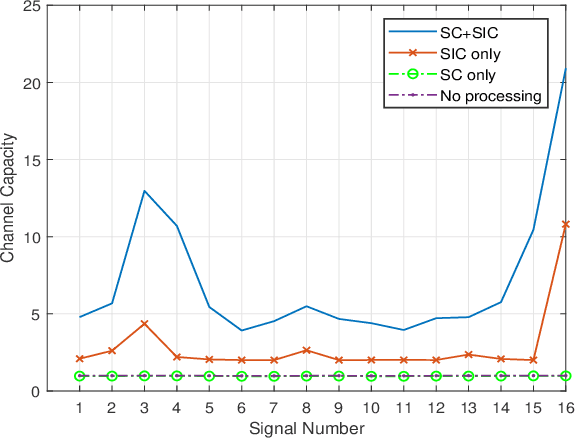
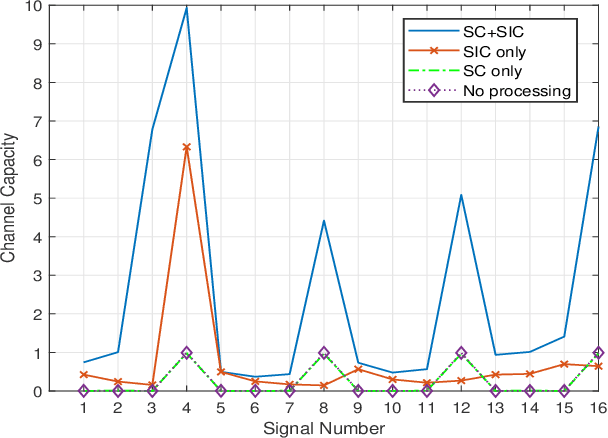

Abstract:This paper proposes an indoor visible light communication (VLC) system with multiple transmitters and receivers. Due to diffusivity of LED light beams, photodiode receive signals from many directions. We use one concave and one convex lens as optical antenna, and obtain the optimal lens structure by optimizing which corresponds to the minimum condition number of channel gain matrix. In this way the light emitted by different LED can be separated well from each other then minimize signal interference. However, interference increases in the case of system deviation, so we explore the system mobility. Then subsequent signal processing is carried out, including signal combining and successive interference cancellation (SIC). We combine the same signal received by different receivers to improve signal to interference noise ratio (SINR). And SIC can effectively restore interference and eliminate its impact. The simulation results show that channel capacity can be increased by more than 5 times and up to 20 times under the condition of receiver and transmitter alignment. In the case of movement, channel capacity can also be increased by about 4 times on average. Moreover, the mobile range of system is also significantly expanded.
 Add to Chrome
Add to Chrome Add to Firefox
Add to Firefox Add to Edge
Add to Edge